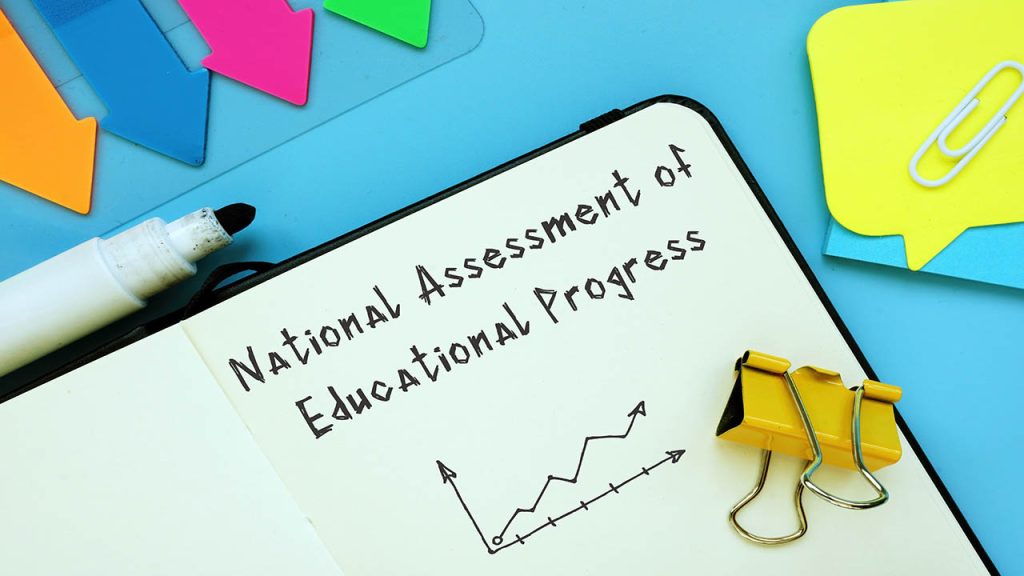
What should be the Maryland General Assembly’s Education Priorities
What will the Maryland General Assembly’s Education Priorities be now that Kirwan has passed? When will the new plan go into effect?
On Wednesday, January 12, the 2022 session of the Maryland General Assembly got underway. As always, there are many political hot topics to be addressed. Regarding education, it would appear that the main issues were resolved in the last few sessions. The Blueprint for Maryland’s Future will become mostly operational by July 1, 2022. Those who were opposed to the new and substantial education reform bill have simply lost the fight. So, whether you wanted it or not, it is here.
The six-member accountability and implementation board (AIB) was formed among criticism from the governor over lack of diversity in the provided nominations from the nominating committee. The board, however, was appointed, is seated and is operational. The AIB is now required to submit its Comprehensive Implementation Plan by February 15, 2022. After that and no later than April 1, 2022, MSDE must develop criteria to be used to recommend approval or disapproval of local school system implementation plans and release of funds. Then, local boards must submit their implementation plans to the AIB by June 15, 2022. Then on July 1, 2022, teacher salary increases associated with the career ladder must, at a minimum, include the salary increases stipulated for National Board Certified (NBC) teachers.
Education, therefore, will most likely take a back seat in this year’s proceedings. However, some still believe that more is required. President of the Maryland State Education Association, Cheryl Bost lists three education priorities of the session: Blueprint Implementation, More Individual Attention for Students, and Equity and Justice for All.
She cites class size as a problem and suggests that teachers should be given voice in determining class size. What she and other who often make this argument fail to see, is that class size is a simple mathematical formula. If there are 200 students who need Algebra 1 for example, there can be 4 classes of 50 students, 5 classes of 40, 6 classes of 33/34 classes, etc. There is no magical way to change it. State and county student to teacher ratio usually runs around 14-16 students per 1 teacher. Most teachers would be thrilled at classes of that size. Why, then, do we hear of classes of 30 and 40 plus students in one class with one teacher? Why do the teachers’ unions want to have a say in this issue?
The bottom line is that that scheduling, and class size is a decision that is made by principals. In many cases, principals tend to limit the number of sections (classes) assigned to specific teachers such as department chairs or teacher mentors. If each school were to evenly distribute teaching assignments (all teachers teach the same number of classes), class size would be reduced immediately. Moreover, if all legally certified teachers were assigned classes at the same rate, the class size would be lowered as well.
One of the main issues with teacher shortage is that successful teachers are almost immediately taken from the classroom and assigned to leadership roles such as teacher mentors, team leaders and department chairs. In compensation for these assignments, they are given less classes to teach. There are some cases where teachers have one or no classes.
When magnet schools are assigned to schools, right away, there is a “Magnet Coordinator” position that is created. This is a non-teaching position occupied by a fully qualified teacher. School systems also have teacher mentors, technology liaisons team leaders and others who are fully certified teachers and do not teach classes. Many principals like to reward these leadership roles in their buildings with reduced teaching loads.
Finally, principals make program decisions that drastically affect class sizes. Let’s say there are 8 students at a smaller high school who signed up to take Spanish 5; or, perhaps, it is AP (advanced placement) chemistry or physics. If the principal allows that class to run with 8 students, all of the lower-level classes will be much higher. This happens all of the time. And, in most cases, it it’s the department chair or team leader who teaches these small high-level classes with the selected students.
Class size is a much more complicated issue than most would know. It is not just a matter of hiring more teachers. We should utilize existing teachers to their fullest before we claim there is a shortage. There is more than enough money available under the new Blueprint for Maryland’s Future including significant pay raises. If pay is the reason for the shortage, we will start to see a marked improvement.
So, What will the Maryland General Assembly’s Education Priorities be now that Kirwan has passed?
Dig Deeper With Our Longreads
Newsletter Sign up to get our best longform features, investigations, and thought-provoking essays, in your inbox every Sunday.
The MEN was founded by John Huber in the fall of 2020. It was founded to provide a platform for expert opinion and commentary on current issues that directly or indirectly affect education. All opinions are valued and accepted providing they are expressed in a professional manner. The Maryland Education Network consists of Blogs, Videos, and other interaction among the K-12 community.












